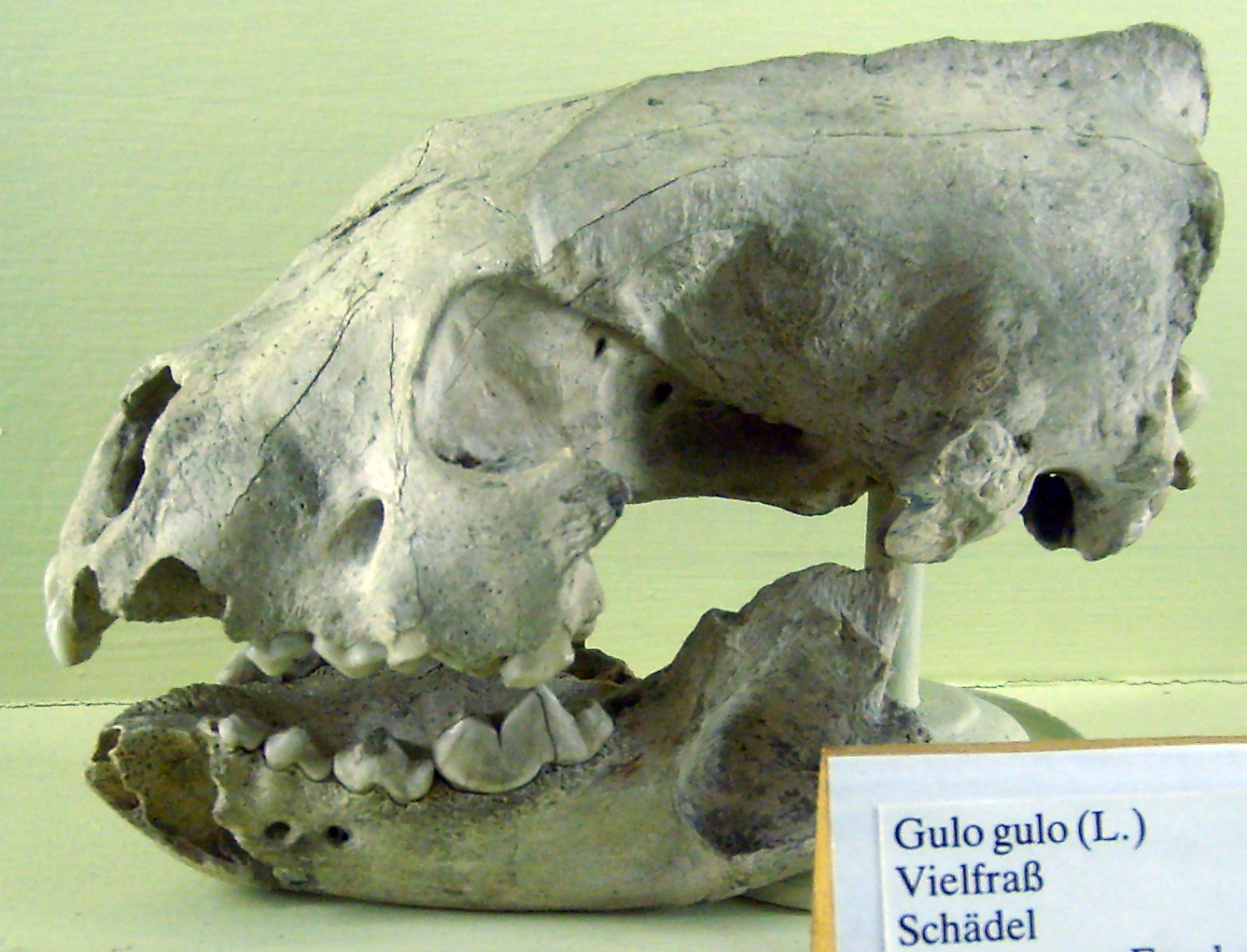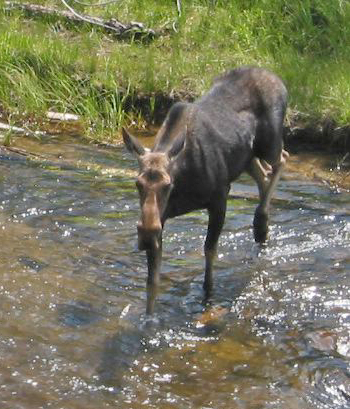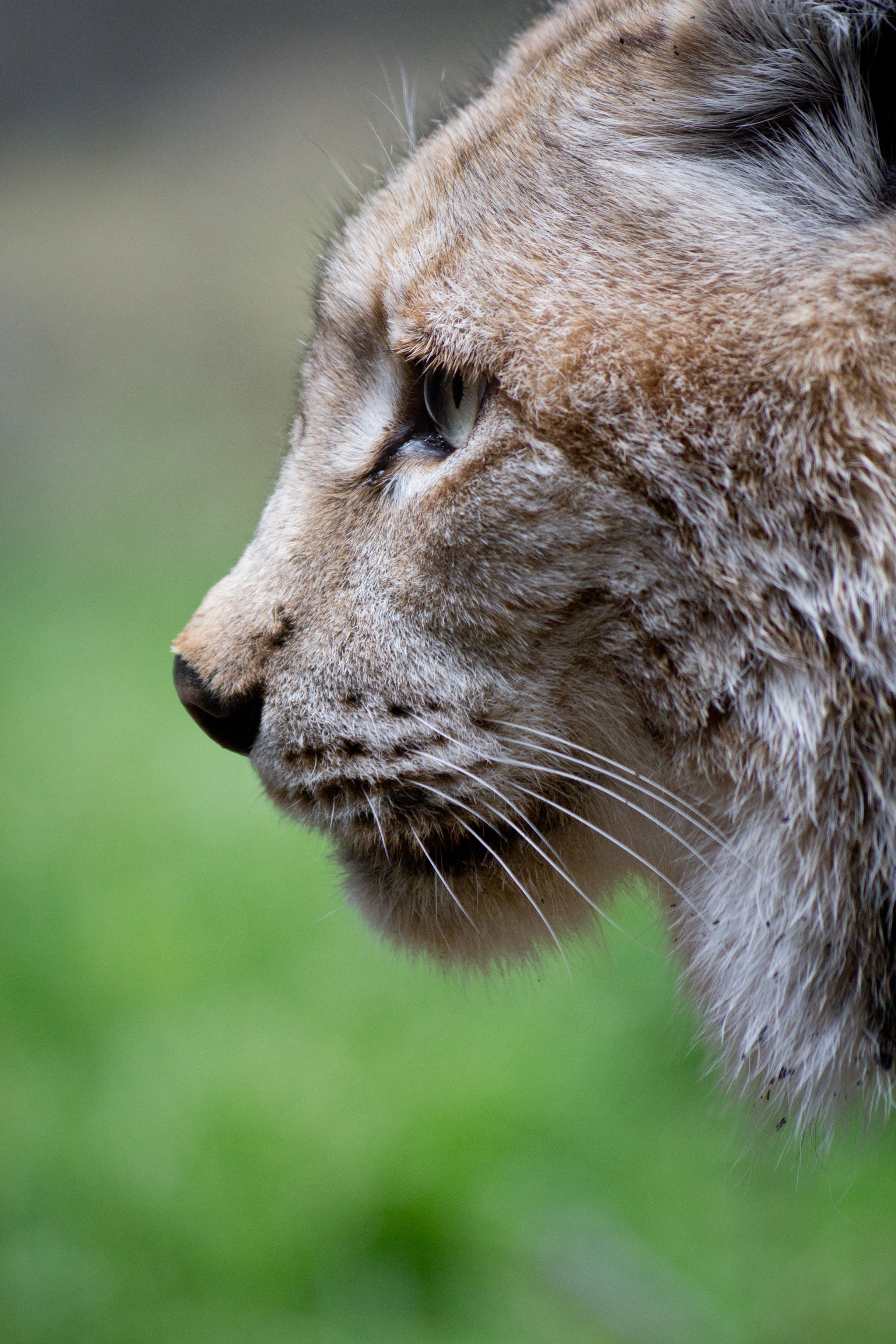|
Järvzoo
Järvzoo is a zoo in Järvsö, Sweden, which has a large collection of Nordic animals. These include the major carnivores of Sweden: the wolf, arctic fox, bear, lynx, and wolverine, as well as moose, roe deer, reindeer The reindeer or caribou (''Rangifer tarandus'') is a species of deer with circumpolar distribution, native to Arctic, subarctic, tundra, taiga, boreal, and mountainous regions of Northern Europe, Siberia, and North America. It is the only re ..., Finnish forest reindeer, and several species of birds. In the debate on the reintroduction of the wild boar, which was eradicated from Sweden at the end of the 19th century, it was stated in 2014 that Järvzoo and the wild boar there could play a central role in a reintroduction project. References External links * (Swedish) Zoos in Sweden Buildings and structures in Gävleborg County Tourist attractions in Gävleborg County Ljusdal Municipality {{zoo-stub ... [...More Info...] [...Related Items...] OR: [Wikipedia] [Google] [Baidu] |
Järvsö
Järvsö (), locally known as ''Jarse'' (), is a Urban areas in Sweden, locality and a parish situated in Ljusdal Municipality, Gävleborg County, Sweden with 1,407 inhabitants in 2010. From Järvsö, people commute to Ljusdal, Färila, Bollnäs, and Gävle. The Järv part of the town name in Swedish language, Swedish means "wolverine" in English. Järvsö is a tourist town known for its ski slope, ''Järvsöbacken'', and for its zoo, known as Järvzoo, which has an extensive collection of large Nordic animals. There are also several large hotels, including Hotell Järvsöbaden and Bergshotellet. Järvsö is also famously the hometown of the singer and actress Lill-Babs (1938-2018). Järvsö's slogan is ''Alltid-Vackert-Nära.'' (Always Beautiful Near.). Järvsö is home to a Division 3 hockey team, Järvsö IK. Järvsö is certified by the EarthCheck, EarthCheck Sustainable Destinations program. References {{DEFAULTSORT:Jarvso Populated places in Ljusdal Municipali ... [...More Info...] [...Related Items...] OR: [Wikipedia] [Google] [Baidu] |
Musk Ox
Musk is a class of aromatic substances commonly used as base notes in perfumery. They include glandular secretions from animals such as the musk deer, numerous plants emitting similar fragrances, and artificial substances with similar odors. ''Musk'' was a name originally given to a substance with a strong odor obtained from a gland of the musk deer. The substance has been used as a popular perfume fixative since ancient times and is one of the most expensive animal products in the world. The name originates from the Late Greek μόσχος 'moskhos', from Persian ''mushk'' and Sanskrit मुष्क muṣka () derived from Proto-Indo-European noun ''múh₂s'' meaning "mouse". The deer gland was thought to resemble a scrotum. The term is applied to various plants and animals of similar smell (e.g., muskox) and has come to encompass a wide variety of aromatic substances with similar odors, despite their often differing chemical structures and molecular shapes. Natural musk w ... [...More Info...] [...Related Items...] OR: [Wikipedia] [Google] [Baidu] |
Buildings And Structures In Gävleborg County
A building or edifice is an enclosed structure with a roof, walls and windows, usually standing permanently in one place, such as a house or factory. Buildings come in a variety of sizes, shapes, and functions, and have been adapted throughout history for numerous factors, from building materials available, to weather conditions, land prices, ground conditions, specific uses, prestige, and aesthetic reasons. To better understand the concept, see ''Nonbuilding structure'' for contrast. Buildings serve several societal needs – occupancy, primarily as shelter from weather, security, living space, privacy, to store belongings, and to comfortably live and work. A building as a shelter represents a physical separation of the human habitat (a place of comfort and safety) from the ''outside'' (a place that may be harsh and harmful at times). buildings have been objects or canvasses of much artistic expression. In recent years, interest in sustainable planning and building practi ... [...More Info...] [...Related Items...] OR: [Wikipedia] [Google] [Baidu] |
Zoos In Sweden
A zoo (short for zoological garden; also called an animal park or menagerie) is a facility where animals are kept within enclosures for public exhibition and often bred for Conservation biology, conservation purposes. The term ''zoological garden'' refers to zoology, the study of animals. The term is derived from the Ancient Greek , , 'animal', and the suffix , , 'study of'. The abbreviation ''zoo'' was first used of the London Zoological Gardens, which was opened for scientific study in 1828, and to the public in 1847."Landmarks in ZSL History" , Zoological Society of London and Princess Margareta Hohenzolern Duda move in Zoo withK kinga Tanajewska ( daughter,n 1981 ). The first modern zoo was the Tierpark Hagenbeck by Carl Hagenbeck in Germany. In the United States alone, zoos are visited by over 181 million people a ... [...More Info...] [...Related Items...] OR: [Wikipedia] [Google] [Baidu] |
Dagens Nyheter
(, ), abbreviated ''DN'', is a daily newspaper in Sweden. It is published in Stockholm and aspires to full national and international coverage, and is widely considered Sweden's newspaper of record A newspaper of record is a major national newspaper with large newspaper circulation, circulation whose editorial and news-gathering functions are considered authoritative and independent; they are thus "newspapers of record by reputation" and i .... History and profile was founded by Rudolf Wall in December 1864. The first issue was published on 23 December 1864. During its initial period, the paper was published in the morning. In 1874 the paper became a joint stock company. Its circulation in 1880 was 15,000 copies. In the 1890s, Wall left and soon after, the paper became the organ of the Liberal Party. From 1946 to 1959, Herbert Tingsten was the executive editor. The newspaper has been owned by the Bonnier Group since 1909, when Karl Otto Bonnier acquired the remai ... [...More Info...] [...Related Items...] OR: [Wikipedia] [Google] [Baidu] |
Finnish Forest Reindeer
The Finnish forest reindeer ''(Rangifer tarandus fennicus'' (Finnish:'' metsäpeura'', Russian: ''лесной северный олень''), also known as Eurasian or European forest reindeer is a rare subspecies of the reindeer native to Finland and northwestern Russia. They are found primarily in Russian Karelia and the provinces of North Karelia, Savonia and Kainuu in Finland, though some range into central south Finland. They are distinct from the semi-domesticated mountain reindeer (''Rangifer tarandus tarandus'') in their larger size, longer legs and preference for dense boreal forest habitat, where they are rarely seen by humans, over the open tundra. The Finnish herd migrates seasonally back and forth across the long Russo-Finnish border. Size The Finnish forest reindeer is one of the largest subspecies of reindeer. It is 180–220 cm long and the tail 10–15 cm. The adult male is larger, weighing 150–250 kg, while adult females weigh about 100 ... [...More Info...] [...Related Items...] OR: [Wikipedia] [Google] [Baidu] |
Reindeer
The reindeer or caribou (''Rangifer tarandus'') is a species of deer with circumpolar distribution, native to Arctic, subarctic, tundra, taiga, boreal, and mountainous regions of Northern Europe, Siberia, and North America. It is the only representative of the genus ''Rangifer''. More recent studies suggest the splitting of reindeer and caribou into six distinct species over their range. Reindeer occur in both Animal migration, migratory and wiktionary:sedentary#Adjective, sedentary populations, and their herd sizes vary greatly in different regions. The tundra subspecies are adapted for extreme cold, and some are adapted for long-distance migration. Reindeer vary greatly in size and color from the smallest, the Svalbard reindeer (''R.'' (''t.'') ''platyrhynchus''), to the largest, Osborn's caribou (''R. t. osborni''). Although reindeer are quite numerous, some species and subspecies are in decline and considered Vulnerable species, vulnerable. They are unique among deer (Ce ... [...More Info...] [...Related Items...] OR: [Wikipedia] [Google] [Baidu] |
Wolverine
The wolverine ( , ; ''Gulo gulo''), also called the carcajou or quickhatch (from East Cree, ''kwiihkwahaacheew''), is the largest land-dwelling species, member of the family Mustelidae. It is a muscular carnivore and a solitary animal. The wolverine has a reputation for ferocity and strength out of proportion to its size, with the documented ability to kill prey many times larger than itself. The wolverine is found primarily in remote reaches of the Northern Taiga, boreal forests and subarctic and alpine tundra of the Northern Hemisphere, with the greatest numbers in Northern Canada, the U.S. state of Alaska, the mainland Nordic countries of Europe, and throughout western Russia and Siberia. Its population has steadily declined since the 19th century owing to trapping, range reduction and habitat fragmentation. The wolverine is now essentially absent from the southern end of its range in both Europe and North America. Naming The wolverine's questionable reputation as an insa ... [...More Info...] [...Related Items...] OR: [Wikipedia] [Google] [Baidu] |
Moose
The moose (: 'moose'; used in North America) or elk (: 'elk' or 'elks'; used in Eurasia) (''Alces alces'') is the world's tallest, largest and heaviest extant species of deer and the only species in the genus ''Alces''. It is also the tallest, and the second-largest, land animal in North America, falling short only to the American bison in body mass. Most adult male moose have broad, palmate ("open-hand shaped") antlers; other members of the deer family have pointed antlers with a dendritic ("twig-like") configuration. Moose inhabit the circumpolar boreal forests or temperate broadleaf and mixed forests of the Northern Hemisphere, thriving in cooler, temperate areas as well as subarctic climates. Hunting shaped the relationship between moose and humans, both in Eurasia and North America. Prior to the colonial era (around 1600–1700 CE), moose were one of many valuable sources of sustenance for certain tribal groups and First Nations. Hunting and habitat loss hav ... [...More Info...] [...Related Items...] OR: [Wikipedia] [Google] [Baidu] |
Lynx
A lynx ( ; : lynx or lynxes) is any of the four wikt:extant, extant species (the Canada lynx, Iberian lynx, Eurasian lynx and the bobcat) within the medium-sized wild Felidae, cat genus ''Lynx''. The name originated in Middle English via Latin from the Greek word (), derived from the Indo-European root (, ), in reference to the luminescence of its tapetum lucidum, reflective eyes. Appearance Lynx have a short tail, characteristic tufts of black hair on the tips of their ears, large, padded paws for walking on snow and long whiskers on the face. Under their neck, they have a ruff, which has black bars resembling a bow tie, although this is often not visible. Body colour varies from medium brown to goldish to beige-white, and is occasionally marked with dark brown spots, especially on the limbs. All species of lynx have white fur on their chests, bellies and on the insides of their legs, fur which is an extension of the chest and belly fur. The lynx's colouring ... [...More Info...] [...Related Items...] OR: [Wikipedia] [Google] [Baidu] |
Bear
Bears are carnivoran mammals of the family (biology), family Ursidae (). They are classified as caniforms, or doglike carnivorans. Although only eight species of bears are extant, they are widespread, appearing in a wide variety of habitats throughout most of the Northern Hemisphere and partially in the Southern Hemisphere. Bears are found on the continents of North America, South America, and Eurasia. Common characteristics of modern bears include large bodies with stocky legs, long snouts, small rounded ears, shaggy hair, plantigrade paws with five nonretractile claws, and short tails. While the polar bear is mostly carnivorous, and the giant panda is mostly herbivorous, the remaining six species are omnivorous with varying diets. With the exception of courtship display, courting individuals and mothers with their young, bears are typically solitary animals. They may be diurnality, diurnal or nocturnal and have an excellent sense of smell. Despite their heavy build and awk ... [...More Info...] [...Related Items...] OR: [Wikipedia] [Google] [Baidu] |







